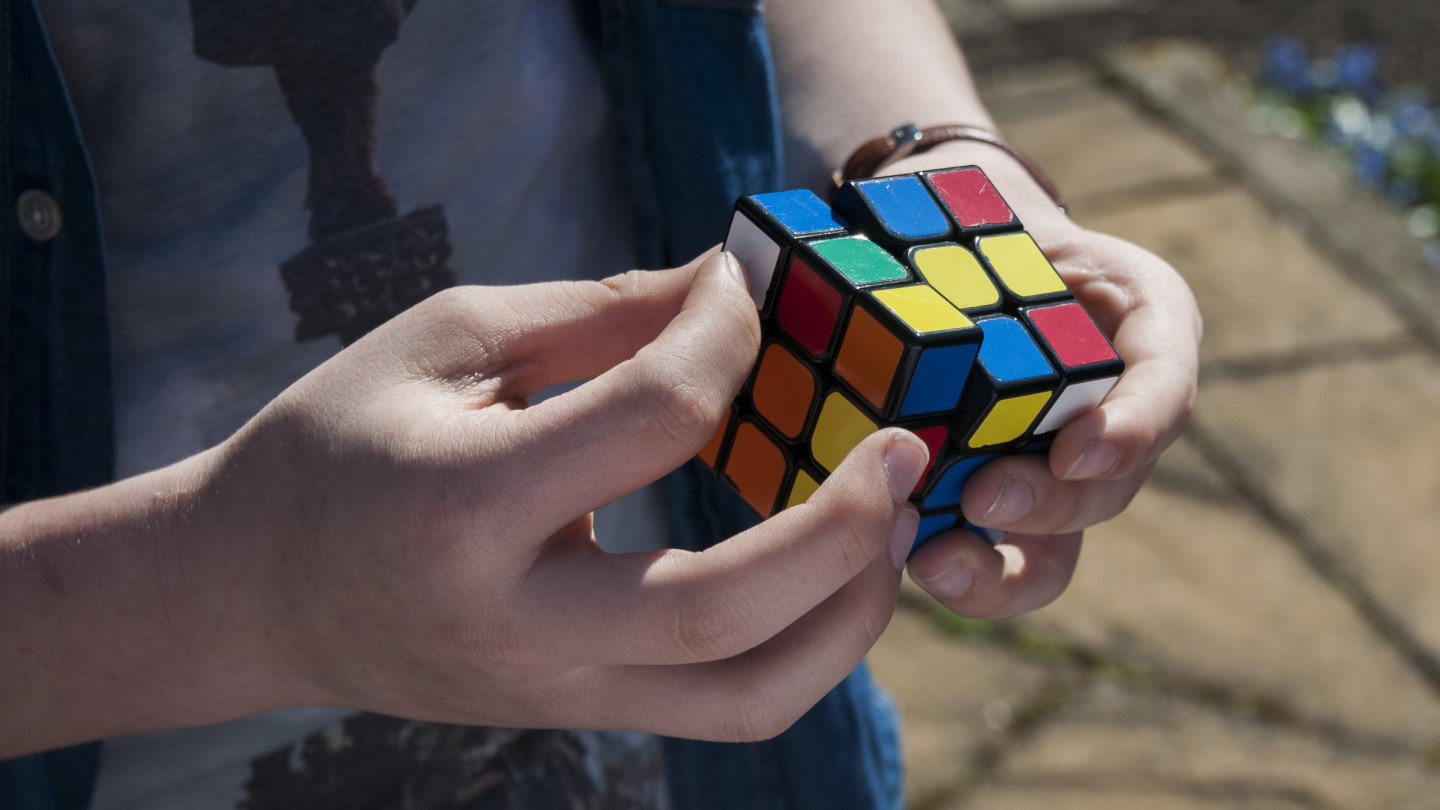Fifty years ago, in 1974, he invented the invention of the. Ernő Rubik invented his logic game originally intended for educational purposes, which eventually conquered the world as the Rubik's Cube, and to this day is one of the main symbols of Hungarian creativity and innovation. It shows that a good innovation can sustain interest for decades. Would it be easier for inventors to make their inventions a success in the present? To this end, the Hungarian Innovation Agency (NIÜ) was created with the mission to help bring excellent innovative projects like the Rubik's Cube to market.
The National Innovation Agency has joined the celebrations of the 50th anniversary of the Rubik's Cube this year. The Agency aims to strengthen and raise the level of Hungarian innovation performance and capacity through the provision of a wide range of services and programmes. With NIÜ's help, it would be easier for Ernő Rubik to make his invention a success. Alongside our ongoing birthday activities, we've put together how we would help if the Rubik's Cube was born today. We encourage home-grown businesses to get involved and contact the NIÜ.
If the idea of the cube had first occurred to Ernő Rubik when he was a student, his tutors would have advised him to take up and complete the Hungarian Startup University Program (HSUP). In the first semester of the programme, he would acquire theoretical knowledge about innovation, idea validation and financial planning, and then in the second semester, working in a team with the help of a mentor, he would prototype the cube and finalise the business plans. In other words, with the help of HSUP, in one year you could validate your idea, build your product and be ready for exploitation.
In addition, if Rubik were to conduct his research at a university where the NIÜ would provide professional support for the creation and operation of a Technology Transfer Company (TTC), a professional, joint solution could be found for the most optimal commercialisation of the cube. In one of the resulting Science Parks, if there is market demand, further opportunities for cooperation and development, together with businesses, could be created in the field of innovation activities related to the Cube.
Once an inventor has established a start-up or company to commercialise the Rubik's Cube, the EIT could help him/her to find incubators and investors (for example through the Start-up Factory programme), and could also provide useful knowledge for market entry through the IMPULSE programme workshops. He could also get information on how to protect his invention through industrial property rights (e.g. patents, trademarks).
Finally, NIÜ would also provide useful guidance to Erno Rubik on how to enter the external market. Once the dice-built business is on the Hungarian market, the XPAND programme would put it on the path to expand abroad - learning about the steps to take to enter foreign markets (Ready! and Steady!) and the specificities to look out for in the countries concerned (e.g. China, USA - Go!). Before entering a foreign market, we would make sure to explain the importance of extending your patents to ensure that you are not overtaken in your target market. In addition, the agency would also recommend international events (exhibitions, expos) where you could showcase your game to a wider audience. We would use our network of contacts to find investors who see potential in the game. If there is a sudden need to scale up and meet emerging demand, we would leverage our network to help connect with domestic or foreign plants/factories that can produce the product in large quantities.
(Photo: pxhere.com)





